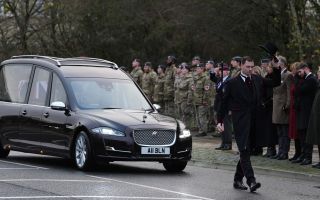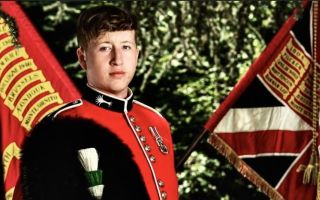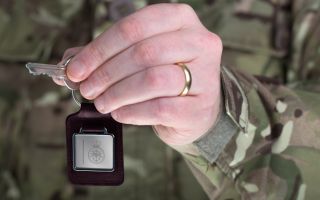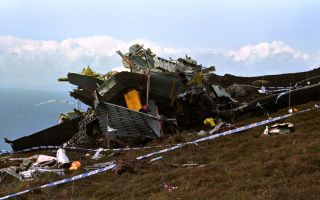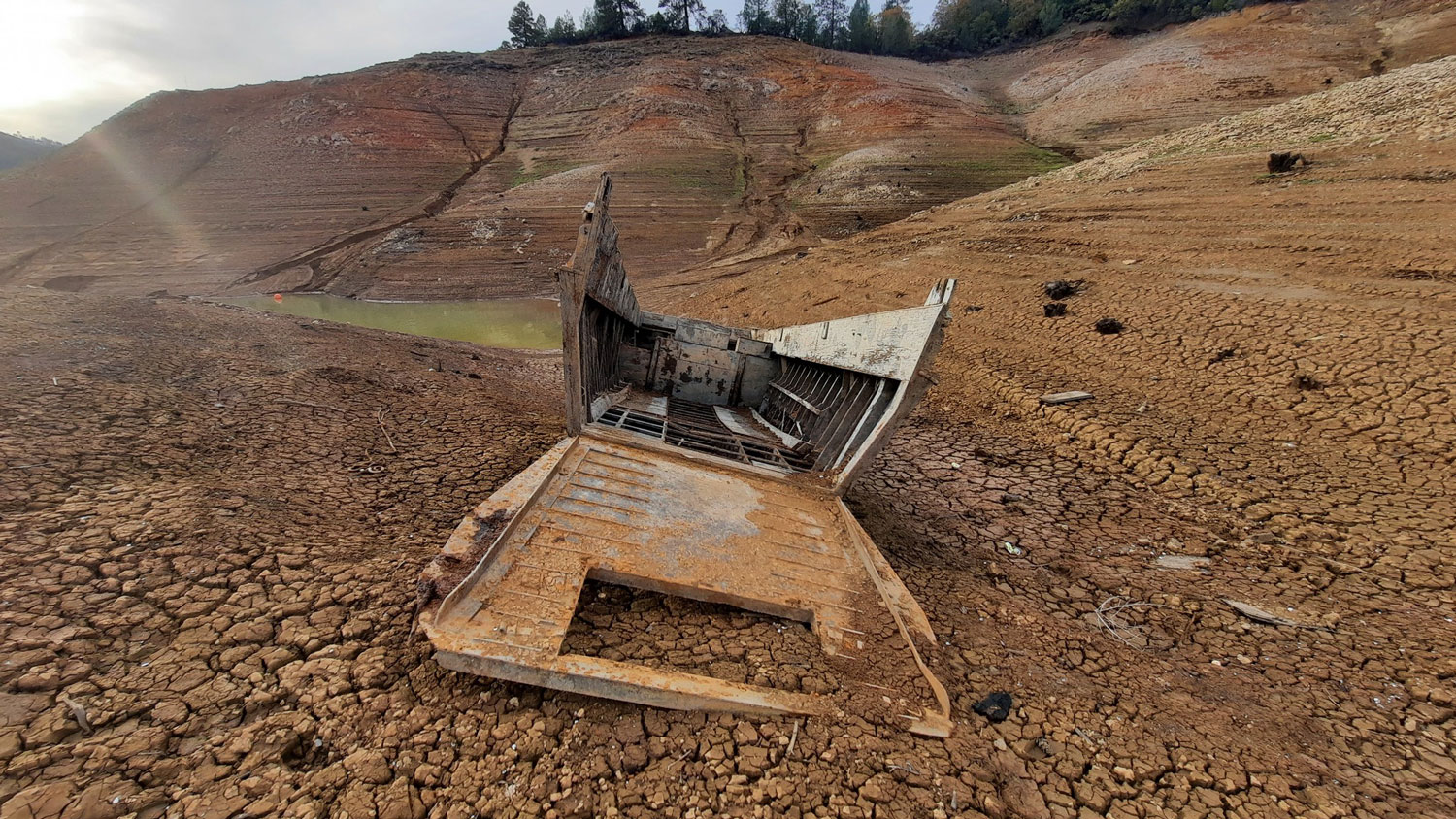
WWII-era 'ghost boat' discovered in drought-stricken California lake

A so-called Second World War 'ghost boat', discovered in the drought-hit 30,000-acre Lake Shasta in Northern California, has left people wondering how it got there in the first place.
Pictures of the 36ft Higgins boat, posted to Shasta-Trinity National Forest's social media accounts, show the WWII military landing craft in a dilapidated state after an unknown amount of time hidden deep underwater.
Designed by boatbuilder Andrew Higgins in the 1940s and based on vessels that operated in US swamps, the Higgins boat was a landing craft made of wood and steel and used extensively by the allied forces in amphibious landings during World War Two.
In a 1964 interview, President Dwight D Eisenhower spoke of how vital Higgins' contribution to the war effort was.
He said: "Andrew Higgins is the man who won the war for us.
"If Higgins had not designed and built those LCVPs (Landing Craft, Vehicle and Personnel), we never could have landed over an open beach.
"The whole strategy of the war would have been different."
In his book 'The Battle History of the US Marines: A Fellowship of Valor', Colonel (Retired) Joseph H Alexander, United States Marine Corps, said: "The Higgins boats broke the gridlock on the ship-to-shore movement.
"It is impossible to overstate the tactical advantages this craft gave US amphibious commanders in World War II."
The Higgins boat played its part in changing the nature of amphibious warfare forever.
Having hundreds of small landing craft meant thousands of men could land on the shore over a vast area of coastline.
The Higgins boat in Lake Shasta was discovered by James Dunsdon, a volunteer firefighter who collects military vehicles.
After some investigation, Shasta-Trinity National Forest found out some interesting things about their 'ghost boat'.
In a post on social media, they said: "It is marked '31-17'. This confirms it as a boat assigned to the Attack Transport USS Monrovia.
"This ship was Patton's HQ during the invasion of Sicily.
"Eisenhower also was on this ship at that time, and it went on to a further six D-Day invasions in the Pacific.
"Reportedly it was used in the invasion of Tarawa."
The post went on: "It names the crew and states that it sank in shallow water during that invasion (later salvaged)."
They add that the Higgins boat will be restored to preserve the vessel in a "weathered 'combat fatigue' look".
There are plans to have it displayed at a museum in Nebraska, the state where Andrew Higgins was born.


